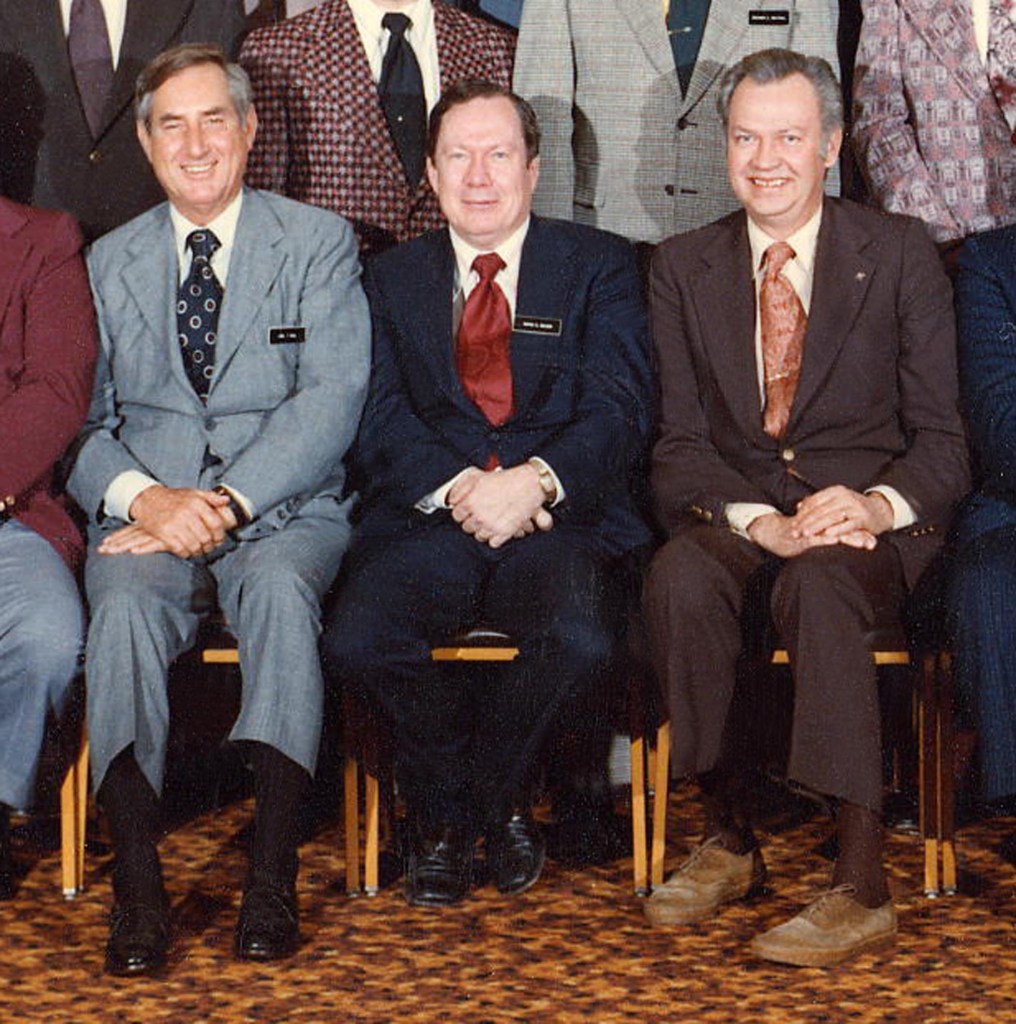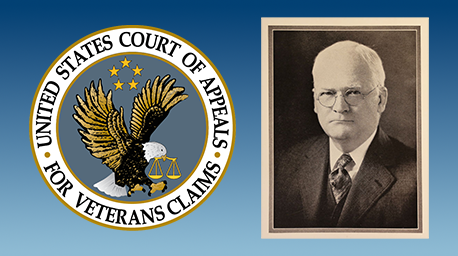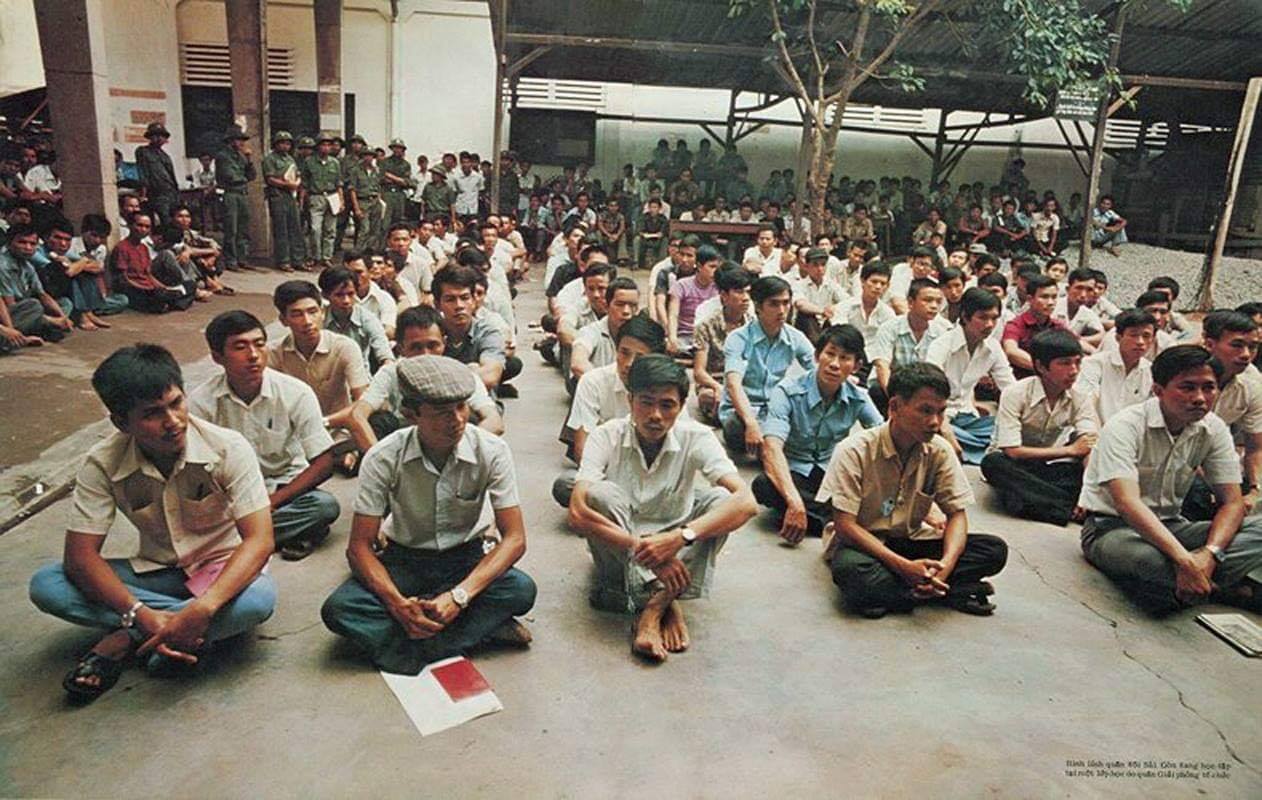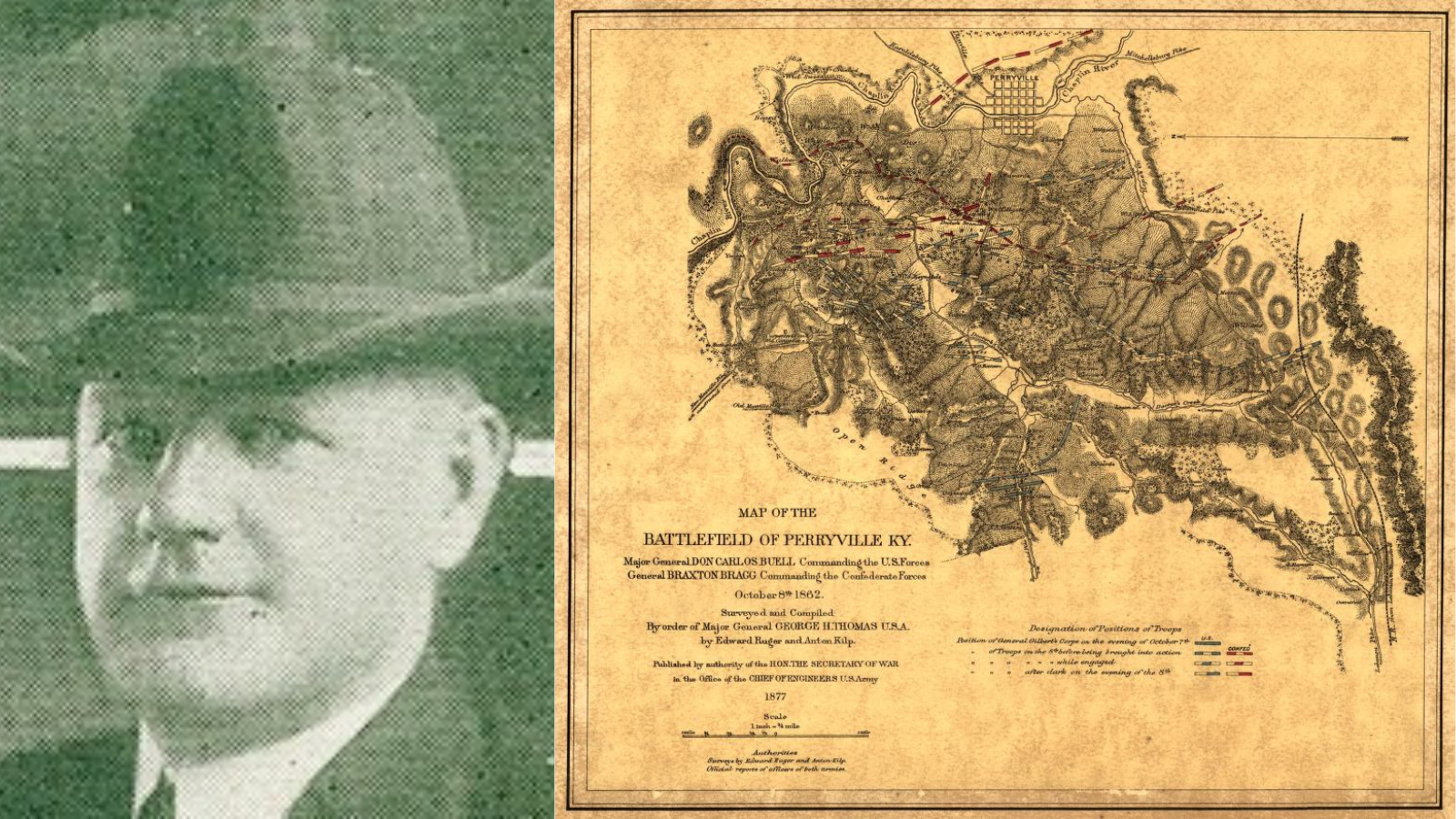
When President Richard M. Nixon signed the National Cemeteries Act of 1973 (PL 93-43) on June 18 in the waning days of the federal fiscal year, he brought resolution to decade-old efforts to remedy gravesite depletion for aging World War II and Korean War Veterans—as well as future servicemembers. A little more than two months later, on September 1, 1973, the Veterans Administration became the steward of 103 national cemeteries, 22 soldiers’ and government lots in private cemeteries, 7 Confederate cemeteries, and 3 monument sites from the National Cemetery System. It also took responsibility for the procurement of government headstones and markers for eligible Veterans.
The act specifically transferred 82 national cemeteries from the Department of the Army to the VA. Another 21 cemeteries already under VA jurisdiction – such as those located at former National Homes for Disabled Volunteer Soldiers generally only to Veterans who died at the facility – were designated as “national cemeteries” too. Thus, early in fiscal year 1974, the National Cemetery System (NCS) became the newest sector of Veterans’ benefits managed by VA.
John W. Mahan (1923-2012), a Veteran of the Navy and Marine Corps, was appointed NCS acting director in August 1973 by VA Administrator Richard L. Roudebush. Mahan’s immediate task was to deliver a study mandated by the 1973 act, which VA submitted to Congress on January 1, 1974. It reported, “Much of the 10 months…that cemeteries were under VA was devoted to adapting the ongoing operational and administrative functions” used by the Army to those utilized by VA, and an assessment of available gravesites.
Of a total of 4,136 acres, 2,663 were developed for burials. The need for burial space was reinforced by findings that an estimated 29 million Veterans and eligible family members qualified for burial benefits, but there were only about “one million actual and potential gravesites in the National Cemetery System, not all of them ideally located.”
Some interests called for a national cemetery in every state, Mahan said in a 2005 interview, but “Congress just told us ‘no,’ that they would go along with a national cemetery in every federal district.” The ten standard Federal Regions would use existing sites or “new cemeteries to accommodate the veteran population,” a plan that NCS executed; Veteran demographics has continued to direct ongoing expansion of the national cemetery system today.
Highlights of the 1974 VA study included an urgent recommendation to develop a data-processing system to correct “inordinate delays” and a backlog of headstone orders; recognition of cremation as a growing trend and requirements that columbaria be built at new national cemeteries; and provision of grant funds so states could build additional Veteran cemeteries. NCS realized these goals incrementally over the coming years. Another recommendation was fulfilled immediately, however, with establishment of VA’s Advisory Committee on Cemeteries and Memorials headed by retired Admiral John S. McCain, Jr.

In February 1974, Rufus H. Wilson (1936-2006) was named NCS’s first director and Mahan became his deputy. Wilson, a Marine, was gravely wounded at Saipan in World War II and his career was dedicated to promoting Veterans’ issues; he was the associate deputy VA administrator prior to the NCS appointment. VA Administrator Donald E. Johnson (1969-1974) called him into his office, Wilson said in a 2005 interview, and told him the job was his. “I told him, ‘I didn’t know anything about cemeteries,’ and he said, ‘Yes, but you know the VA, so I want you to do it.’”
In 1974 the number of VA employees exceeded 200,000 for the first time since 1947, with a small bump from the “approximately 1,000’’ acquired with the NCS. Staff at the national cemeteries and headstone-processing offices in Washington, DC, were military personnel or civilian employees of the Army. Associated with the transfer, some soldiers retired from the Army and joined VA as federal employees. VA also acquired 3,000 cubic feet of Army Memorial Affairs records along with cemeteries and staff.
During VA’s first year overseeing the bulk of the country’s national cemeteries, NCS interred more than 36,600 Veterans, delivered 208,009 headstones and markers, and continued construction of nearly a dozen Army projects that were already underway. Riverside National Cemetery in California was the first VA cemetery established, in 1976, after the transfer, with the first burials two years later. Based on total interments – more than 7,300 in fiscal year 2020 – Riverside overall has ranked as the single-busiest national cemetery in the country in recent years. National cemeteries at Annville, PA (Indiantown Gap), and Bourne, MA (Massachusetts), were also established in 1976 but they were not operational until the 1980s.
“The cemetery program in the Army was a very small program compared to the Army’s total responsibilities. It was not a big thing in the Army,” Wilson reflected. “It was an important thing, but it was not a real big thing. And when it came to the Veterans Administration, it became a big thing.”
Wilson left NCS in late January 1975 to become the Chief Benefits Director and Mahan was named NCS director, a post he held for two years. NCS was elevated to the National Cemetery Administration in 1998, and its director’s title changed to Under Secretary for Memorial Affairs.

Sources
- All images courtesy of NCA archives
- Administrator of Veterans Affairs, Annual Report, Fiscal Year 1974 (PDF, 234 pages). Washington: GPO
- Congress.gov. “S.49 – 93rd Congress (1973-1974): National Cemeteries Act.” June 18, 1973
- National Cemetery Administration, Statistical Summary FY 2020 (2021, internal document)
- Oral histories of NCS directors John W. Mahan and Rufus H. Wilson, 2005. NCA Collection
- Veterans Administration. (1974). National cemetery system study: a study submitted by the Veterans’ Administration (pursuant to section 3 of public law 93-43) to the Committee on Veterans’ Affairs, US Senate … Washington: GPO.
- VA, Department of Memorial Affairs, National Cemeteries: Assessment of the Regional Cemetery Concept and Proposals for Meeting Veterans’ Future Burial Needs [Draft]. Washington: GPO, April 1984. NCA Collection
By Sara Amy Leach
NCA Senior Historian, National Cemetery Administration
Share this story
Related Stories

Featured Stories
A Brief History of the Board of Veterans’ Appeals
On July 28, 1933, President Franklin Delano Roosevelt signed Executive Order 6230 creating the Board of Veterans’ Appeals (BVA). The BVA was created as part of the Veterans Administration (VA), which had been established only three years earlier.

Featured Stories
The Fall of Saigon 1975: A South Vietnamese Military Physician Remembers
"There was chaos in the streets when I made my way to the hospital on the morning of April 30, 1975. In a place of order, there was now great confusion. The director and vice director of the hospital were gone, making me, the chief of medicine, the highest-ranking medical officer."





